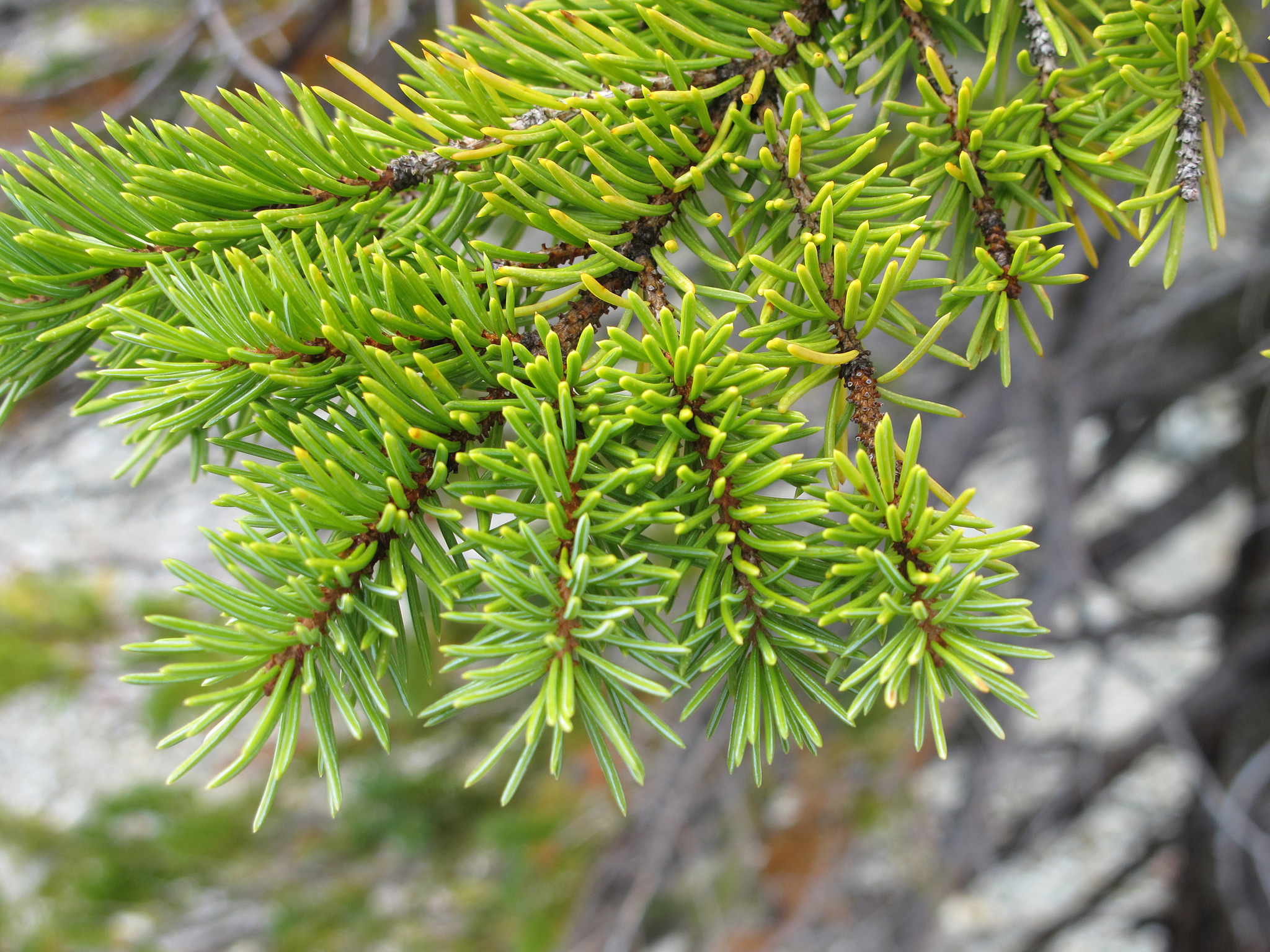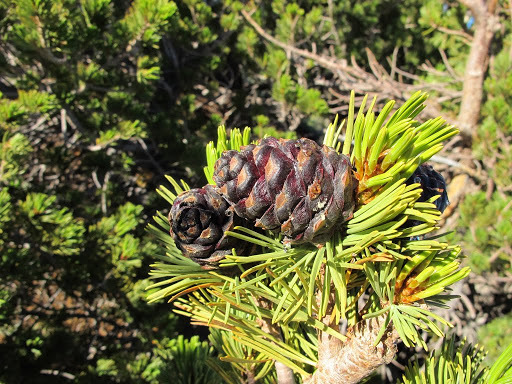Flora of the GYE - Spring 2024 State of the Project
The first flowers of this season are being posted! Here is an update on observations in the project pulled about a week and a half ago.
State of the Project
Members: 7
Admins: 1
Observations: 132,482
Research Grade Observations: 64,355 (48.58%)
Needs ID: 68,127 (51.52%)
Unknowns (from companion project): 93
Species 2,135 (increase of 125 from last year’s spring status update)
Identifiers: 2,845
Observers: 9,681
Identification Guides published: Only 1 new
2023 has more flora observations in the Greater Yellowstone Ecosystem than any previous year. An impressive 44% of these are already at research grade.
What kept me busy on iNat over the last year:
- I tried to stay on top of quick IDs of unknowns and felt that was successful for increasing user engagement (corrects, clarifications). Hopefully this also makes observations more likely to be discovered by experts who can provide more specific and confirming IDs. Only 1 person requested a delay in adding IDs, so despite chatter on the iNat forum suggesting high volume users might be annoyed, that isn’t a common issue in our area.
- Most observations are added with an ID at species on genus level. I started confirming or improving these IDs as I developed confidence. I found it easiest to confirm or improve identifications when I focus on recent observations. I had a sense of what was blooming and had IDs from my own observations.
- I think spring blooming plants tend to be the easiest to learn using iNat. There are fewer potential plants to confuse them with. Identifiers tend to be able to respond more quickly. I felt I was providing quality IDs to a large percentage of spring plants and my ability to add specific IDs diminished through the season.
- At some point, the summer volume, the increased diversity, and my desire to spend more time outside (including adding my own observations) led me to fall behind. When this happened, I mostly continued to focus on recent observations when I had time.
- I have now added enough IDs that I can sometimes see an expert “passing through our area” and put more observations in their path. For example, if I start to see a high number of Viola identifications, I will review the family Violaceae or order Malpighiales to see if there are any I can move to Viola. When I add the Viola ID, the person working on Viola will hopefully see them.
- I had fun keeping an eye out for newly identified taxa.
- I slowed down on creating identification guides. The ones I have done so far were a lot of work. I do have about a dozen draft journal posts with notes about different groups of plants. Maybe being out observing will motivate to do more research and publish those. But mostly, I plan to follow my joy and curiosity.
Happy Observing!
























































